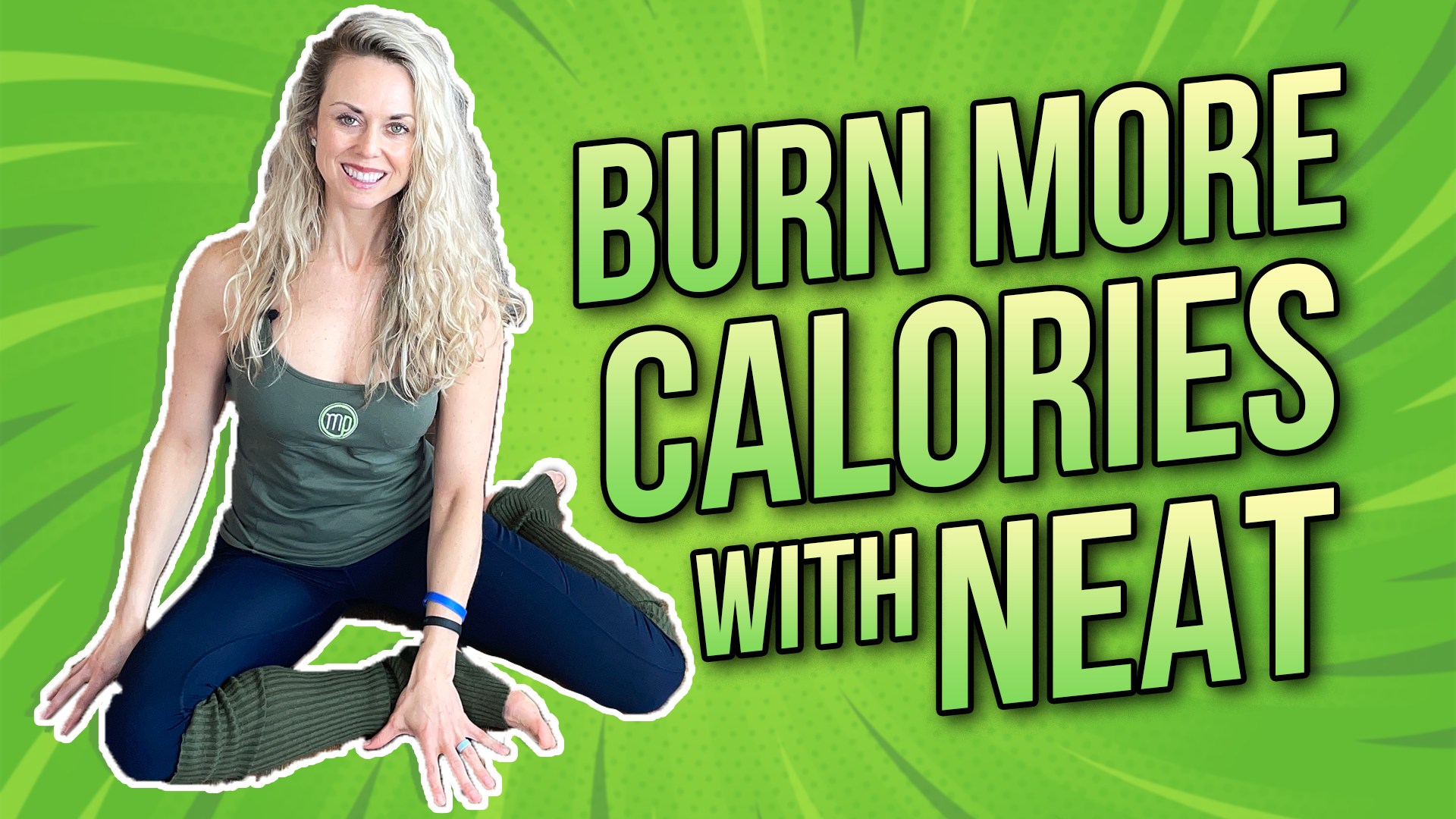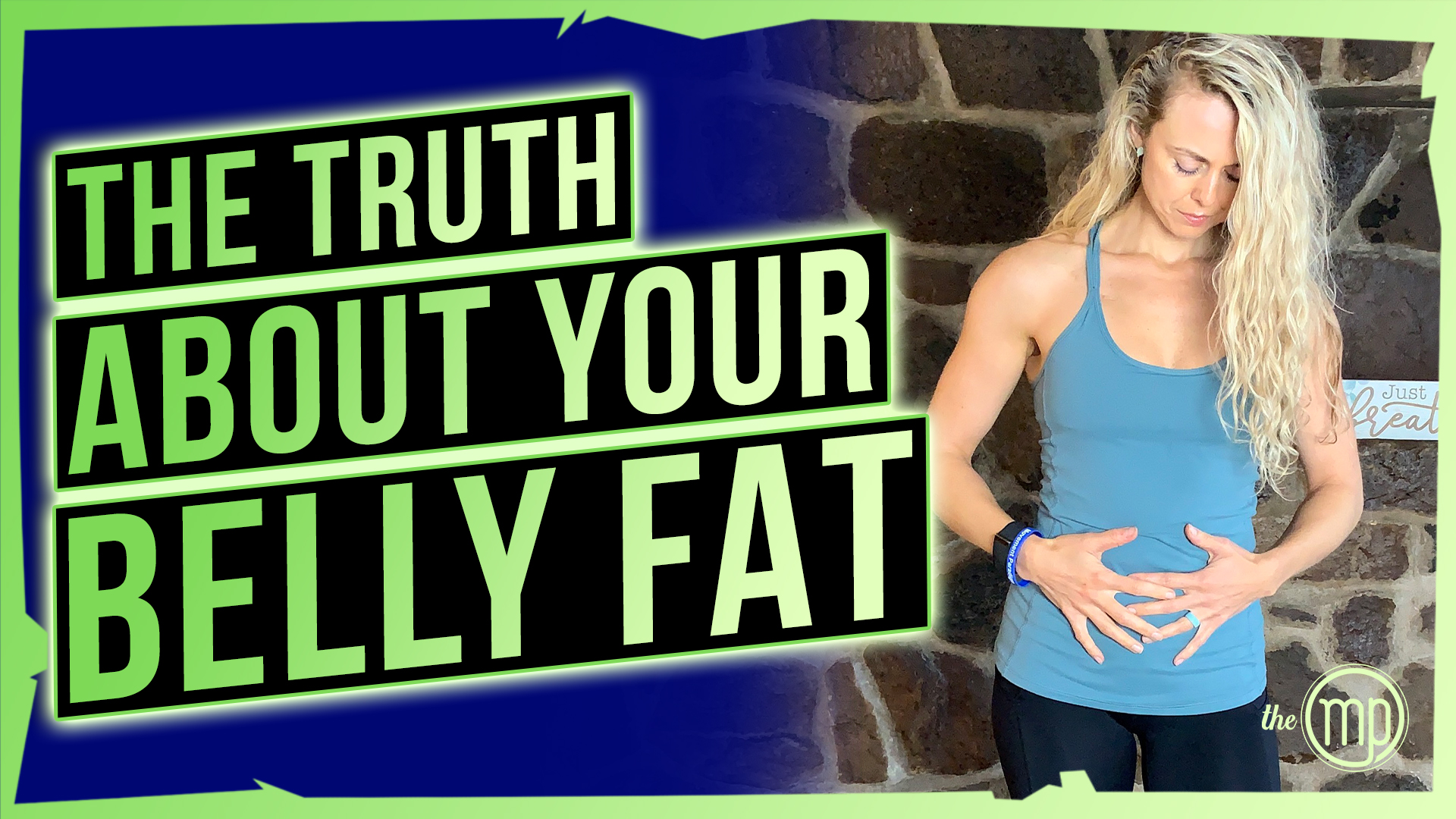Did you know that you can burn almost 350 additional calories each day, which is equivalent to 30 pounds per year if you include more NEAT in your life? NEAT stands for Non-Exercise Activity Thermogenesis. It is defined as any other type of activity that is outside of your purposeful physical training. Think of this as the energy expenditure related to the daily maintenance of your body, leisure activities, occupation, and all of the things outside of your intended physical 30 to 60 minutes at the gym.
Rather watch or listen than read?
There are three different categories of NEAT that you can include. These include body posture variations, ambulation/locomotion, and fidgeting. We will discuss each one of these and how to include them in your daily routine.
3 Ways to Include NEAT:
1) Body Posture Variation
One of the most important things that we should all consider is to assume as many different positions and postures as possible during our day. There is no one good or bad posture. The best posture is the next posture, so you want to think about constantly changing positions. There isn’t such a thing as perfect ergonomics, it’s really about moving consistently throughout the day. Are you sitting, standing, waling, moving, and weight shifting? Are you able to sit down onto the ground and get back up? The more that we can assume different variations of postures of sitting, standing, and moving, the better. Our bodies crave movement, so let’s give them what they deserve.
2) Ambulation or Locomotion
How can you increase your steps throughout the day? You can use a monitor to track how many steps you’re getting a day. Use that as a goal to slowly increase your steps to your day. Let’s not forget about all the locomotive patterns like crawling or skipping; any ways that you can begin to reinforce one of our most powerful movements in our body, which is walking. It is the most powerful assessment of movement efficiency. The more you can begin to increase steps and dynamic movement throughout the day, the better.
3) Fidgeting
This can be twirling your hair, rubbing your head, or tapping your foot. If you are doing this 150 minutes a day, this can, in turn, burn 350 calories a day, which is equivalent to 30 pounds per year. Every time you’re in your chair or you’re standing at your work desk, think about how you can add a little bit of extra movement in. This will increase NEAT and can be beneficial in metabolism and your weight loss goals or maintenance.
In today’s movement culture, we are so focused on performing 30 to 60 minutes of physical activity most days of the week. Instead, we want to think about this from a movement mindset perspective and move most hours of each day. That begins with incorporating some of these most fundamental things like walking more, fidgeting more, and changing and assuming different positions. Once we can begin to incorporate these things, we can make such a profound difference in our movement and overall health. Once again, our bodies crave movement, they do not crave sustained positions.
Reach out for a 15-minute FREE discovery session to see how we can help you on your journey.
For more content, make sure to subscribe to my YouTube channel here.
Other things that may interest you:
IS YOUR GUT PREVENTING YOUR WEIGHT LOSS?




